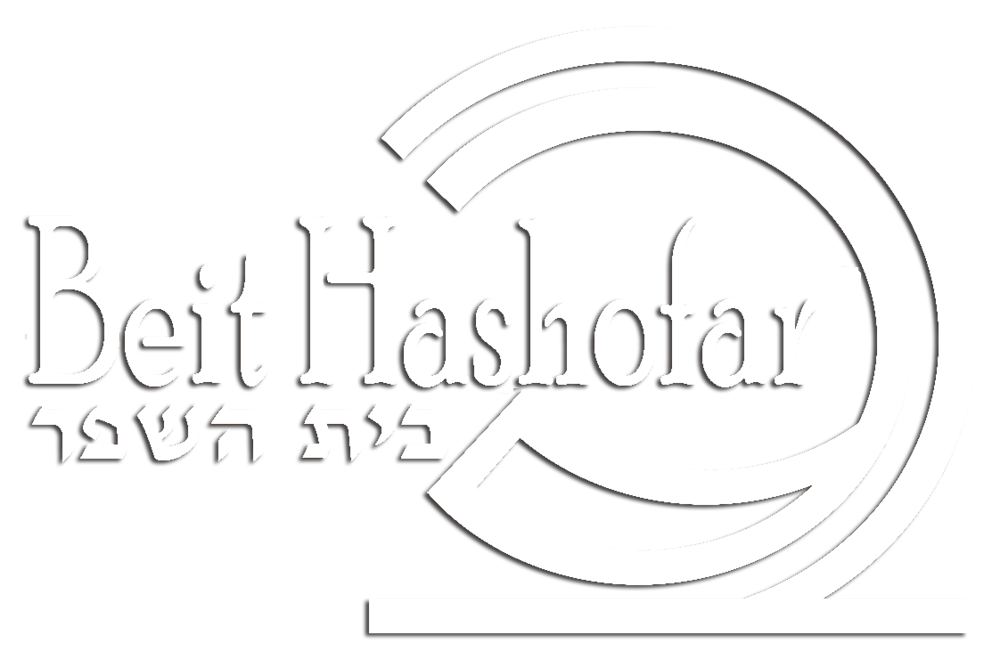Most of us have had the opportunity to ride a seesaw, either as a child or with a child. The one notable difference I can recall in riding a seesaw with one of my children is this: if I were to sit on the seat at the end, and my son or daughter sat on the other end, my end of the seesaw would rest on the ground while the helpless child dangled in the air. Certainly this is not a happy experience for child or parent. So what needs to be done for the seesaw to be functional? The parent must move out of his seat and sit closer to the fulcrum, or the center point upon which the seesaw moves. While the parent must still remain on the opposite section of the seesaw, the distance must be bridged in order for the child to be able to move the seesaw up and down, rather than be paralyzed in the air.
proximity to knowledge
So what is the analogy? The seesaw, a vehicle by which weight distribution is happening, is analogous to a teacher exchanging knowledge with a student. There is a give and take, and a constant adjustment. In this example with my child, weight was the issue — I needed to move closer so we could enjoy the ride. On the learning seesaw, the teacher's weight can be compared to knowledge — the student doesn't have the same amount of knowledge. In order for there to be an exchange so the student isn't left up in the air, the teacher, though on the other side of the fulcrum, must move closer to the student in the seat of learning. This symbiotic relationship over time will equal out; the teacher will be able to recede into the seat as the student's knowledge increases and becomes more "heavy". This analogy is important because the student should always ride in the seat, being trained and experiencing life first hand in his/her "own seat". However, the teacher is close because the student cannot do it alone if the teacher is far and using full weight at the opposite end. And that is the point — the student needs the teacher. The student needs to experience that he/she does not have the weight to ride the seesaw of life without more knowledge. The student needs the closeness of the teacher, the imparting of wisdom, and the collective understanding of how to work through life.
balancing with the weight of our luminaries
Who is a teacher? This role can be played by many people. The first, most notable, one is a parent. Children who are raised by their parents have a daily teacher, guiding them in all things and helping them to reach a place of independence and responsibility. Other teachers can be those who assist in the school setting, grandparents, someone who is older than us — the list goes on. What defines a teacher, however, is usually someone who possesses knowledge and/or experience which surpasses our own. In accepting this, we can find it easier to humble ourselves and learn from them. A humble mind is an open mind, and an open mind is a mind that can drink deeply. It is imperative that are we are to have teachers in life, according to Pirkei Avot:
Joshua ben Perachyah and Nittai the Arbelite received the Torah from them. Joshua ben Perachyah said: Provide for yourself a teacher and get yourself a friend; and judge every man towards merit. – Talmud, Avot 1:6
As we ride the seesaws of life, may we draw wisdom from the collective of teachers that Hashem places in our lives. In humility, may we recognize the "weight" of these luminaries and continue the learning relationship until we can ride with ease on our own.


